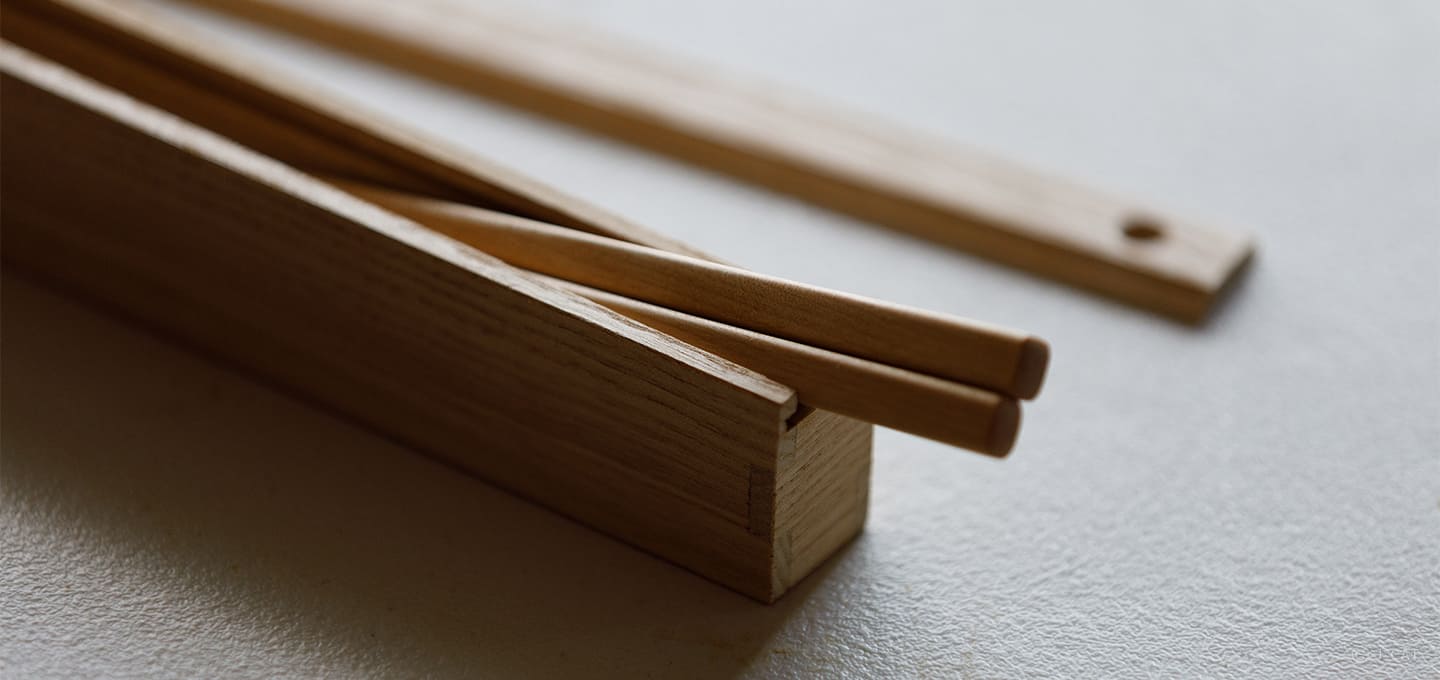
Special Experience
Tokyo
Woodworking Your Own Chopsticks at Mogami Kogei – with Paulownia Box
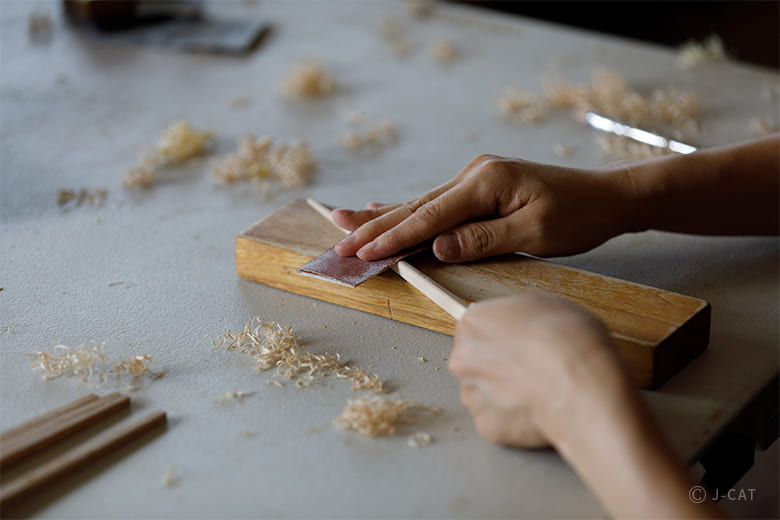
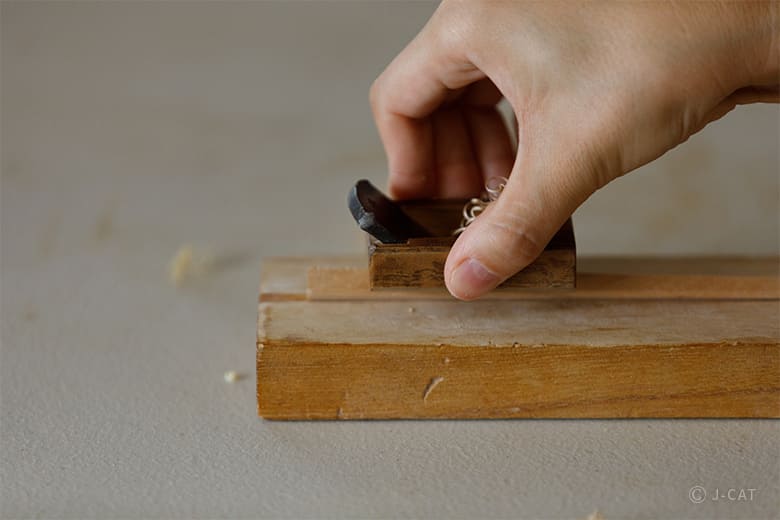
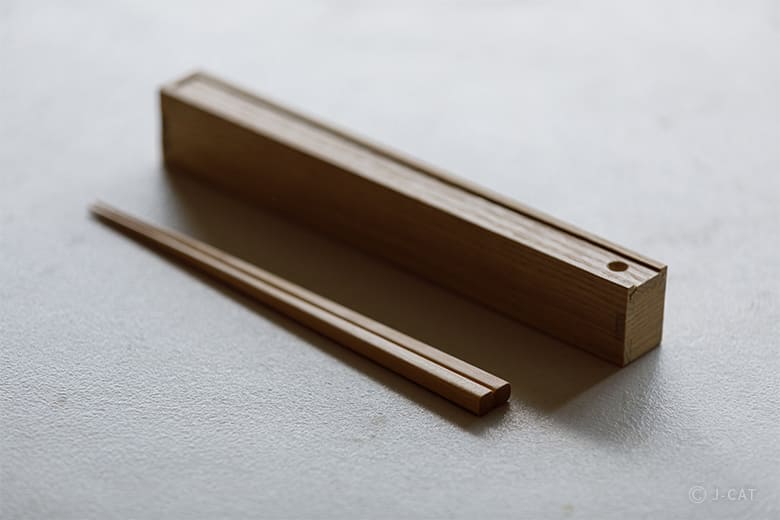
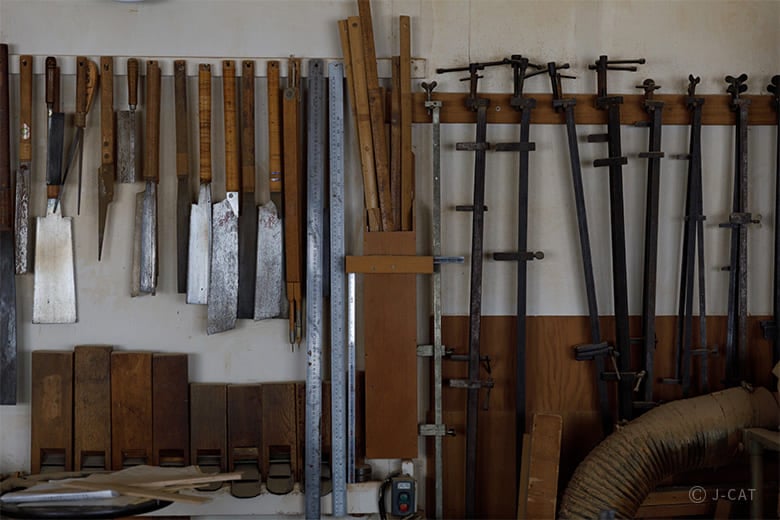
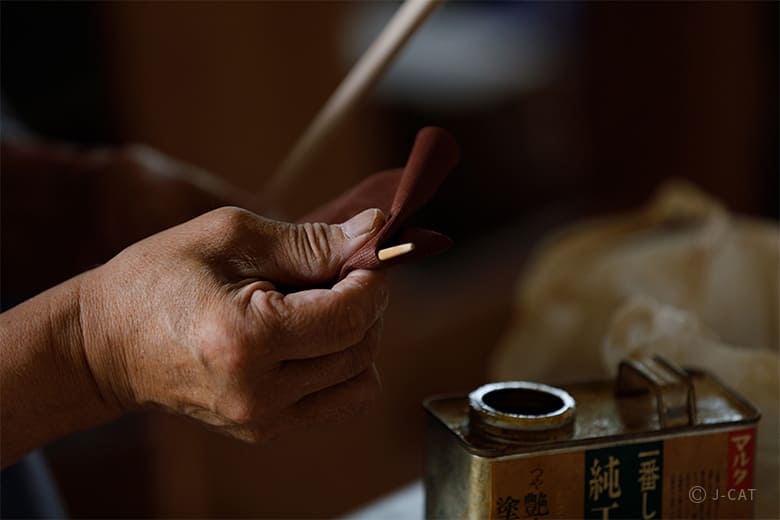
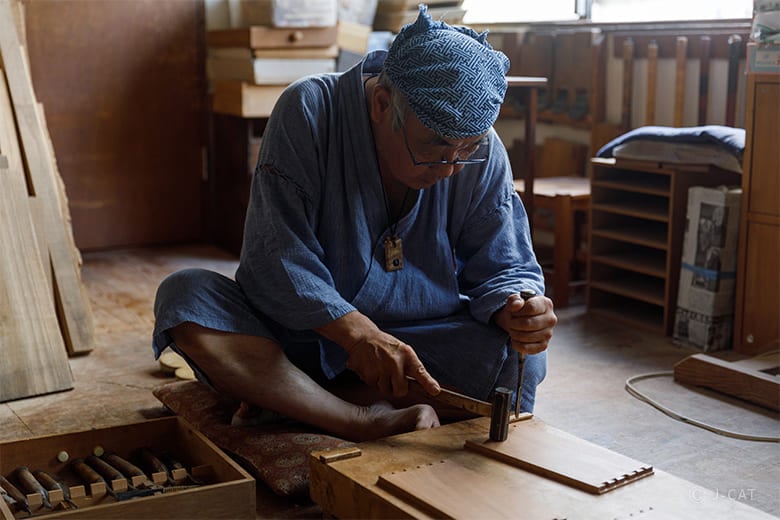
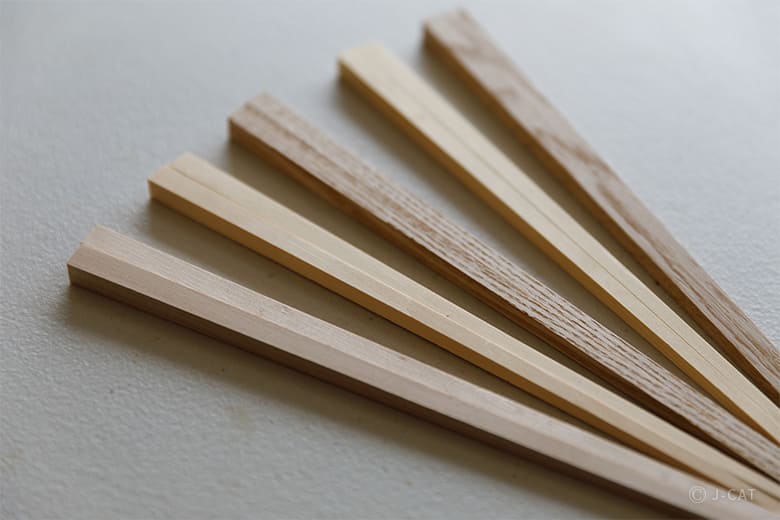
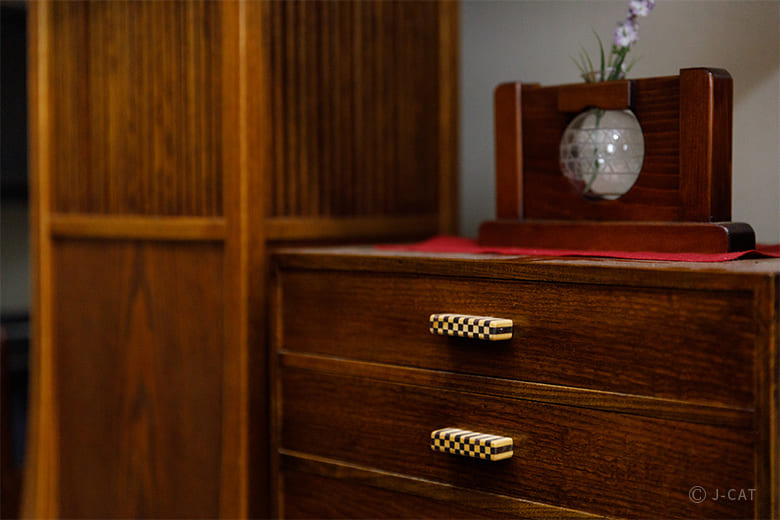
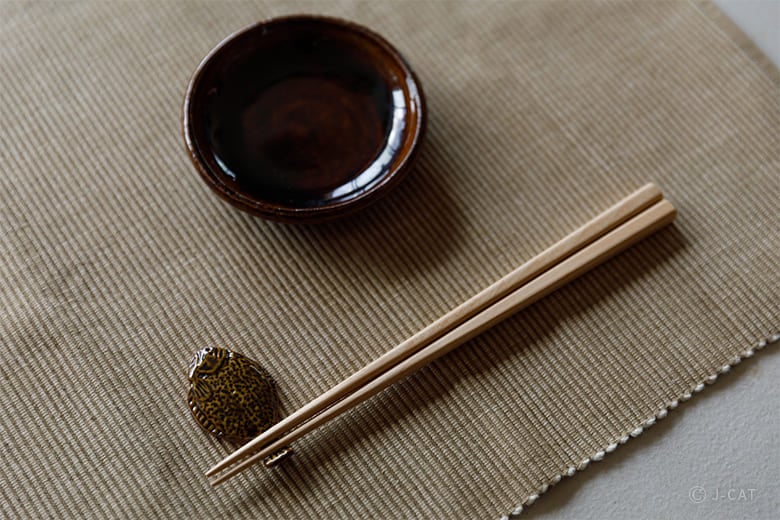
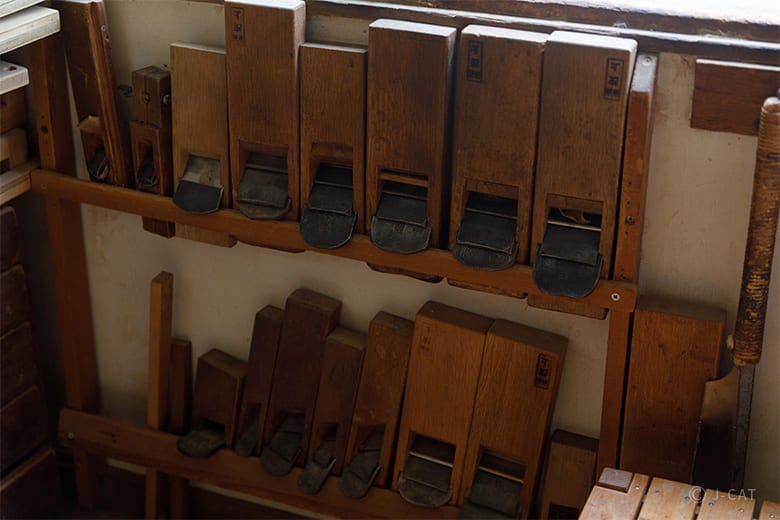
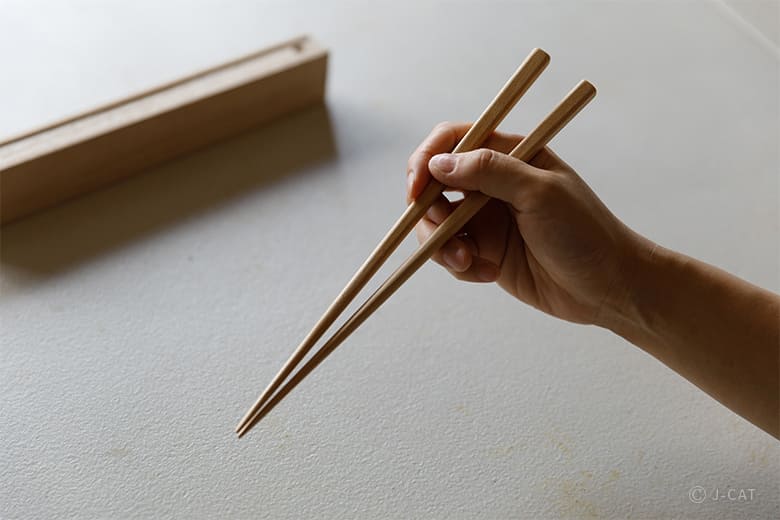
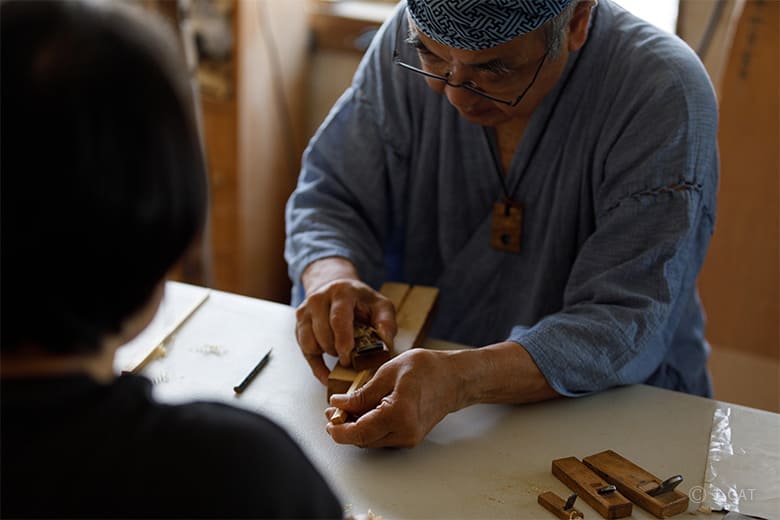
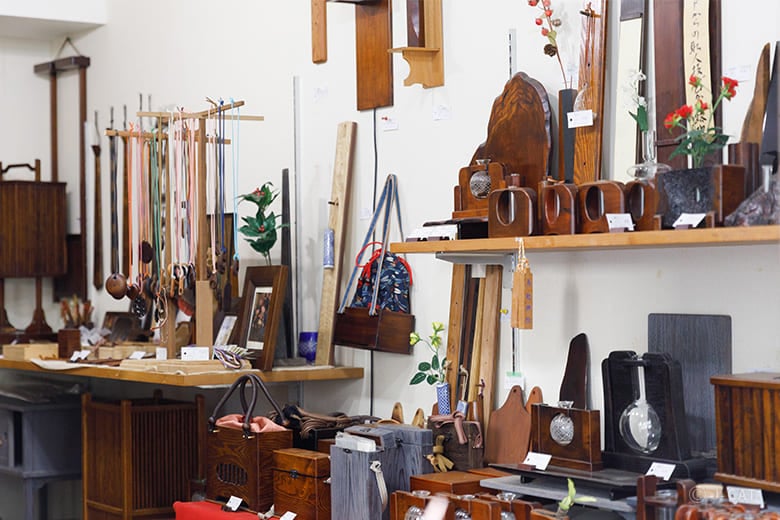













Overview
Founded in 1912, the Mogami Kogei workshop boasts 110 years of Edo sashimono woodworking history. Here in Tokyo’s Kuramae, third-generation proprietor and craftsman Yutaka Mogami will personally instruct you in chopstick making. Choose from a variety of precious woods to shave down and finish with oil into a one-of-a-kind pair of chopsticks. When your chopsticks are finished, take them home in a chopstick box of real Aizu paulownia wood. This is a unique chance to see the workshop and tools of a traditional artisanal woodworker up close.
Key Features
・Learn chopstick making from traditional Edo sashimono craftsman Yutaka Mogami, the third-generation master of Mogami Kogei, or his son and future successor, Ryo Mogami.
・Enjoy a talk on the history and craft of Edo sashimono woodworking in the Mokumasa-an showroom, where Mogami’s works are displayed.
・Exclusively on the Wabunka plan, take your finished work home in a handmade artisanal chopstick box of the highest quality Aizu paulownia wood in Japan. (Engraving available as an option.)
Tokyo
90mins
from ¥30,000 /person
1 - 10 participants
Available in English
Cancel free up to 11 days prior
Details
Modern and traditional: the timeless essence of Edo, distilled into Japanese craftsmanship
Kuramae is known for being a place where traditional artisans coexist with up-and-coming creators, where the beauty of the old meets the charm of the new. Here at the intersection of Kawaryu Yokocho and Kasuga-dori, woodworking studio Mogami Kogei was founded in 1912, and has worked its craft for 110 years since.

Third generation proprietor of Mogami Kogei, Yutaka Motami
Mogami Kogei is one of only about 10 Edo sashimono woodworkers remaining. At his Mokumasa-an showroom, elegant cabinets and chic vases stand among other masterworks bringing traditional beauty into modern life. See these up close alongside some of his more avant garde creations, like Edo sashimono wooden bags and neckties, fresh off their Paris Collection debut.
Edo sashimono woodworking hides the beauty of its craft in the invisible
Mogami breaks down Edo sashimono for you. The word in Japanese comes from words meaning “to join (wood),” or “(to make) using a ruler”. During the Edo period, this wood joinery was popular in home furnishings such as cabinets, shelves, and desks made for the wealthy and powerful classes such as samurai and merchants. Even the traditional dressing tables and makeup boxes used in Kabuki dressing rooms to this day are a form of it, known as “Rien Sashimono.”

A stylish chest of drawers with elegant wood mosaic handles
Edo joinery is minimalist. Its essence lies in bringing out the natural beauty of the wood grain. Mortise-and-tenon joints give the illusion of delicacy but are sturdy in the extreme. This illusory simplicity permeates the whole art form: The more you learn, the deeper it goes and the more impressive the work becomes.
Choosing the wood for your chopsticks
The wood joiner’s workshop is a privy space redolent with the aroma of wood and oil, full of specialized tools like planes, saws, and chisels. Stepping into this secret world outside of public view, you will begin in the same way all apprentice joiners do in Japan: by learning to make chopsticks from a master joiner.

From foreground: maple, hiba cypress, ash, hinoki cypress, oak
A joiner’s work begins with wood selection. Hardwoods generally come from broad-leaf trees with tightly-packed grains like maple, ash, and oak. Softwoods tend to come from conifers like hiba and hinoki cypresses. Test the feel and scent of the wood yourself, and check the color and grain up close. Make your chopsticks from the wood that suits your preferences.

Workshop stocked with over one hundred small and large hand planers
The joy of working with your hands and user-friendly tools
After the wood is selected, the next step is to plane it repeatedly to shape the chopsticks down to a comfortable grip. Trim the corners evenly and gradually to approach an octagonal or hexagonal shape. Adjust your shaving direction or your planer in accordance with the grain of the wood. This process is far from easy, and experiencing it will give you a new appreciation for the wonders of the craft.

Planing the wood to the perfect thickness to sit naturally in your hand
The wood is reborn in color and luster under sandpaper and an oil finish. Edo sashimono is an art of solo artisans who work the entire process from beginning to end, not teams with a division of labor. The artist’s soul is in their work, so your chopsticks will truly be yours in every sense.

Perilla oil draws out the beauty of the wood grain.
Durability is sustainability with Edo sashimono.
Handmade chopsticks made by you for you are a natural fit both in handling and aesthetics. Take them home in an artisan-made sashimono box of the finest Aizu paulownia wood. The memory of this experience and your new appreciation for the craft is sure to brighten your day each time you use them.
You can also have your chopstick box engraved with Edo-style lettering (available as a paid option, with reservations required 10 days in advance). Known for its bold, strong lines, Edo lettering has been a symbol of good fortune since the Edo period (1603-1886). A personalized box with this traditional Japanese design makes for a unique keepsake.

Craft you can feel in daily use
Durability and longevity are part of the appeal of custom-made Edo sashimono. After a lifetime of use, it takes no more than a scraping of the tarnished surface and a re-application of oil or lacquer to turn your chopsticks into a 100-year family heirloom. This old-fashioned art is more important than ever in an age where sustainability is taking center stage and humans are rediscovering the importance of living in balance with our environment. Experience this profound craft for yourself at Mogami Kogei.
Mogami Kogei

Mogami Kogei
Founded in 1912, the Mogami Kogei workshop boasts 110 years of Edo sashimono woodworking history. Yutaka Mogami, the third-generation master, is an expert in traditional joinery techniques passed down from the Edo period (1603‐1867). Specializing in joinery work for modern homes, he creates pieces celebrated for their form and function, earning numerous awards in Japan and abroad. His son, Ryo Mogami, will succeed him as the fourth-generation master.
Customer's Voice
Excellent communication. Was very beautiful to be in the presence of a master craftsman and having an interpreter that was so easy to be with.
C.J. Australia
Amazing, authentic experience. Wonderful souvenir that we will cherish forever and will be a wonderful reminder of our time with Wabunka.
S.E. United States
It was terrific! We thoroughly enjoyed the experience and learned a lot. Everyone was super helpful, knowledgeable and friendly. We appreciated the guidance and felt very well cared for.
K.C. United States
Location
Mogami Kogei
Taito Ward, Tokyo
Request for booking
Select first preferred date (JST)
January 2026
Sun
Mon
Tue
Wed
Thu
Fri
Sat

Instant Booking

Request Booking

17
Full

17
Unavailable
Tokyo
90mins
from ¥30,000 /person
1 - 10 participants
Available in English
Cancel free up to 11 days prior
Things to know
Contact Us
If you have any questions, please contact us using the form below.
We also accept bookings from corporate clients and travel agencies.